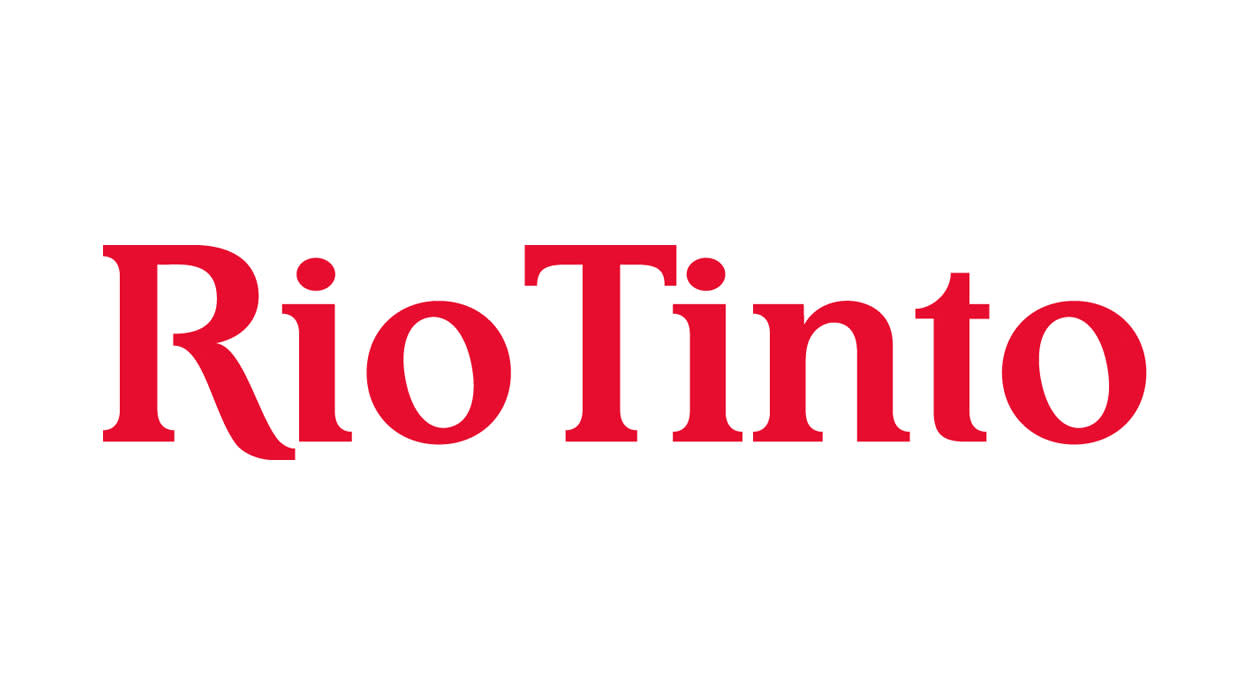Rio Tinto reported a 1% rise in half-year revenue to $26.8bn, and underlying cash profit up 3% to $12.1bn. Performance was driven by the Aluminium and Copper assets, the latter benefiting from higher prices and a ramp up in production. Iron Ore cash profit was down 10%, due to lower prices and shipment disruptions.
Free cash flow was down 25% to $2.8bn, largely due to increased investment in growth projects. Net debt rose from $4.2bn to $5.1bn over the half.
Despite some easing, costs continue to rise ahead of inflation. All major projects remain on track.
The shares rose 2.5% in early trading.
Our view
First-half results were largely as expected. Although iron ore pricing has shown some weakness, it remains at a relatively elevated level, paving the way for healthy cash flows.
Iron ore is the main performance driver - accounting for 73% of underlying cash profit over the half. Question marks remain around the demand picture from China, the world's largest consumer of iron ore, as economic growth here is slowing. Demand is shifting from a weak property sector into manufacturing and infrastructure, but it’s a dynamic to watch.
Despite a rebase in prices, one of Rio's main attractions remains very much intact. Its flagship Pilbara iron ore business is the group's cash cow. It's not immune to inflation though and costs have been rising, but we're starting to see the rate of increase ease and costs are expected in the range of $21.75-23.5 per tonne for 2024 ($23.2 over H1).
Looking further afield, Rio's been over-allocating capital to areas like copper and aluminium as it looks to take advantage of the energy transition. These are integral to building things like solar panels, electric cars, and renewable power generation and where we see the biggest scope for price rises over the medium term as the energy transition picks up pace.
But the big new project eating the bulk of the planned $3bn annual growth investment is in iron ore, with the Simandou project in Guinea. It’s one of the world’s largest untapped reserves of high-grade iron ore and the only real large-scale driver of new global supply set to come online in the foreseeable future.
That level of spend is propped up by a resolute balance sheet, which gives options. But there’s unlikely to be much excess capital to return to shareholders over and above the standard 40-60% payout. Nothing is guaranteed.
All in, Rio’s valuation looks relatively attractive. The iron ore portfolio has room to grow with the Simandou project, and Rio is well placed to benefit from demand for decarbonising metals like copper. Commodity price moves will always be key to performance, so investors should prepare for ups and downs.
Environmental, social and governance (ESG) risk
Mining companies tend to come with relatively high ESG risk. Emissions, effluences and waste, and community relations are key risk drivers in this sector. Carbon emissions, resource use, health and safety and bribery, and corruption are also contributors to ESG risk.
According to Sustainalytics, Rio Tinto's management of material ESG issues is strong.
There are comprehensive policies and strong management programmes that address material ESG issues and it has adopted a 2050 net zero climate change target for Scope 1 & 2 emissions across operations. But in recent half-year results, management warned its interim target of a 15% reduction by 2025 would not be met without the use of carbon offsets.
Rio Tinto key facts
All ratios are sourced from Refinitiv, based on previous day’s closing values. Please remember yields are variable and not a reliable indicator of future income. Keep in mind key figures shouldn’t be looked at on their own – it’s important to understand the big picture.
This article is not advice or a recommendation to buy, sell or hold any investment.No view is given on the present or future value or price of any investment, and investors should form their own view on any proposed investment.This article has not been prepared in accordance with legal requirements designed to promote the independence of investment research and is considered a marketing communication.Non - independent research is not subject to FCA rules prohibiting dealing ahead of research, however HL has put controls in place(including dealing restrictions, physical and information barriers) to manage potential conflicts of interest presented by such dealing.Please see our full non - independent research disclosure for more information.


